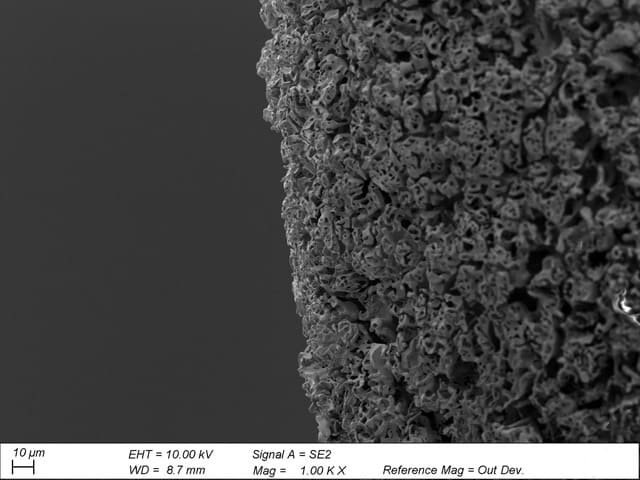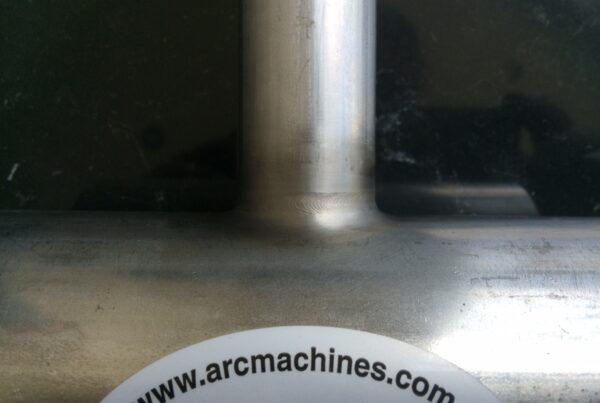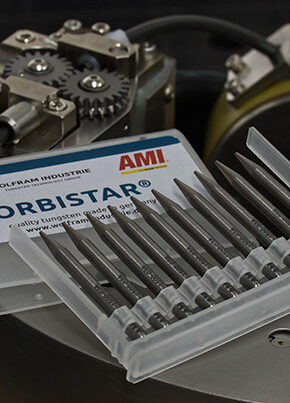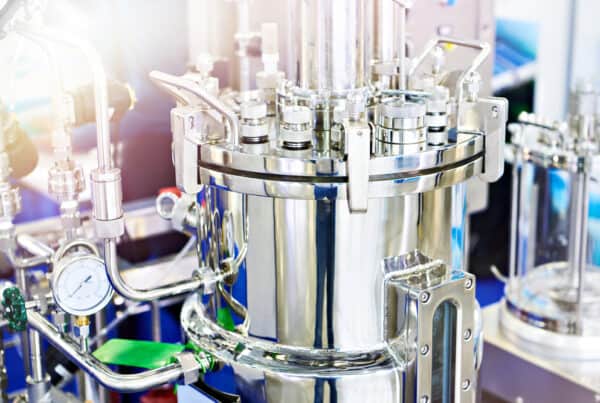
What is zirconiated tungsten used for? Zirconiated tungsten electrodes are generally used to weld metals whose surfaces have a higher melting point than the subsurface metals underneath. This type of tungsten is most widely used to weld aluminum using alternating current (AC).
Zirconiated tungsten is also excellent at resisting contamination. In direct current (DC) welding applications in which metal fumes build up in a confined space, zirconiated tungsten remains pure over an extended period of time and ensures the welds remain consistent. Zirconiated tungsten is used for a relatively narrow but critical range of gas tungsten arc welding (GTAW) processes.
What Is Zirconiated Tungsten Used For and Why?
The addition of metallic oxides, such as zirconium oxide, to tungsten is generally done to enhance the structural stability of the tungsten electrode and to change the properties of the arc. In the case of zirconium oxide, alloying raises the strength and heat resistance of the electrode to something between that of unadulterated tungsten and thoriated tungsten. This makes zirconiated tungsten electrodes useful for the following purposes.
Breaking Up Aluminum Oxides
Zirconiated tungsten is often used to weld aluminum using AC current because the aluminum oxide film that quickly develops on aluminum exposed to oxygen has a higher melting point than the purer aluminum underneath. Adding zirconium to the tungsten helps it resist the higher temperatures resulting from the electron bombardment that occurs while that layer of aluminum oxide is broken apart.
Welding with a Balled Tip
Another reason that zirconiated tungsten is used for welding aluminum is that it can carry more current than pure tungsten can, but unlike thoriated, lanthanated, and ceriated tungsten, zirconiated tungsten isn’t so resistant to heat that it cannot be melted. This allows the welder to ball the tungsten for welding, if desired. Balling tungsten involves deliberately heating the tip of the tungsten electrode until it melts and resolidifies as a ball at the end of the electrode. This is sometimes done in aluminum welding to stabilize the arc and create a more evenly formed bead. It is usually done with pure tungsten, as most alloyed tungsten electrodes resist melting. Zirconiated tungsten electrodes are unique because, although they have a significantly higher heat tolerance than pure tungsten, they still allow the tungsten to melt sufficiently to ball the tip.
Avoiding Contamination
Zirconiated tungsten also effectively resists contamination by metals from the workpiece. This makes it excellent for use in cladding applications. When the electrode makes a number of passes in close proximity to each other in a confined space, a great deal of vaporized metal collects in the air. This metal vapor can condense on the electrode, contaminating it. Zirconiated tungsten resists this contamination and it can be used effectively in cladding processes such as Inconel® cladding. It can also be used to weld alloys where a constituent metal with a low vaporization point risks contaminating the electrode. However, the properties that give zirconiated tungsten its advantages are double-edged.
The Disadvantages of Zirconiated Tungsten
Zirconiated tungsten electrodes derive their advantages from being in between pure tungsten and other tungsten electrode types in heat carrying capacity. That gives these electrodes an advantage in a handful of welding processes where the low melting and vaporization points of the base metal are a concern. Outside of these applications, those same properties are a disadvantage. The main drawbacks of zirconiated tungsten are:
- It has a lower current capacity than any of the other commonly used types of tungsten electrode (except for pure tungsten).
- It has one of the shortest useful working lifespans of any tungsten electrode.
- It is difficult to strike and maintain an arc using zirconiated tungsten.
The factors above are what limit the use of zirconiated tungsten electrodes to relatively few specific applications.
Using Zirconiated Tungsten in Orbital Welding
So, what is zirconiated tungsten used for? Aluminum welding with alternating current is the most common use for zirconiated tungsten. A few other welding applications exist for zirconiated tungsten in conjunction with other metals or direct current. In orbital welding, zirconiated tungsten is used occasionally in cladding operations, such as lining the interior of a pipe with Inconel® to better resist corrosion. It is also possible, although not common, to use zirconiated tungsten to orbital weld copper piping for water, food, or beverage.
Although there are limited applications for zirconiated tungsten, when it is used it is vitally important that it be of the best possible quality in order to resist contamination from metal vapors. It is equally important that these electrodes have a quality grind and finish. For orbital welding and cladding, zirconiated electrodes should maintain their geometry and integrity throughout an entire shift. The zirconiated tungsten electrodes used in orbital welding must be of the highest quality to perform at an acceptable level.
Arc Machines, Inc. offers pre-ground Wolfram tungsten electrodes for orbital welding. For more information about zirconiated tungsten and orbital welding, contact sales@arcmachines.com. For service contact service@arcmachines.com. Contact us to learn more about custom orbital welding solutions.




